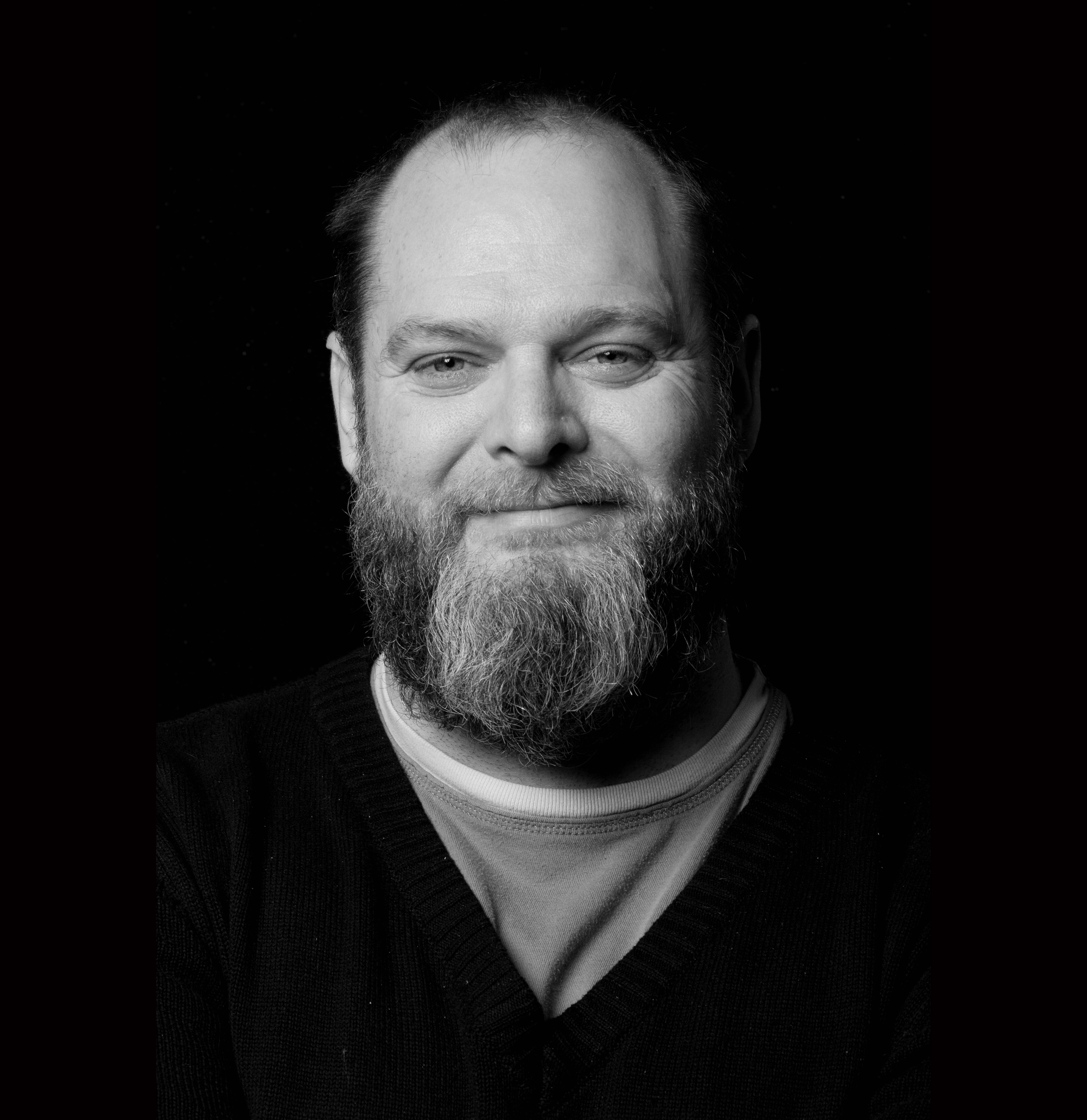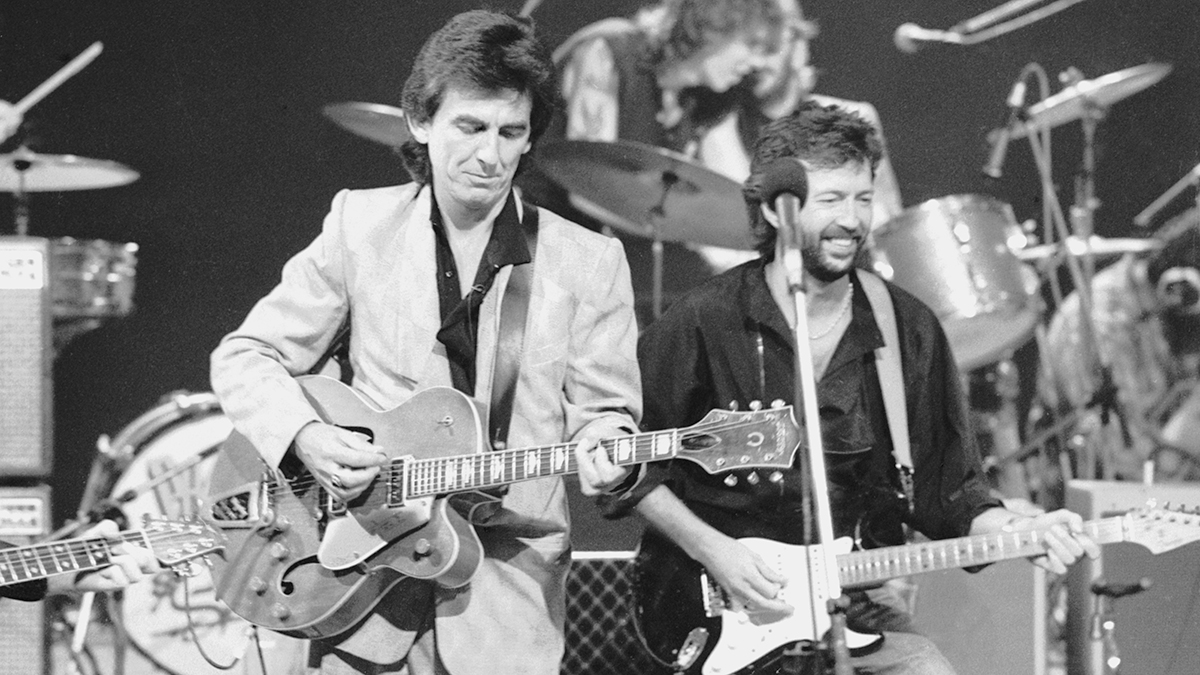“He our admiration for his music and our respect for his talent for recognizing guitar genius”: The life and times of Ozzy Osbourne – metal’s godfather and Prince of Darkness
Remembering John “Ozzy” Osbourne, the frontman who breathed life into heavy metal and found some of its greatest guitar players
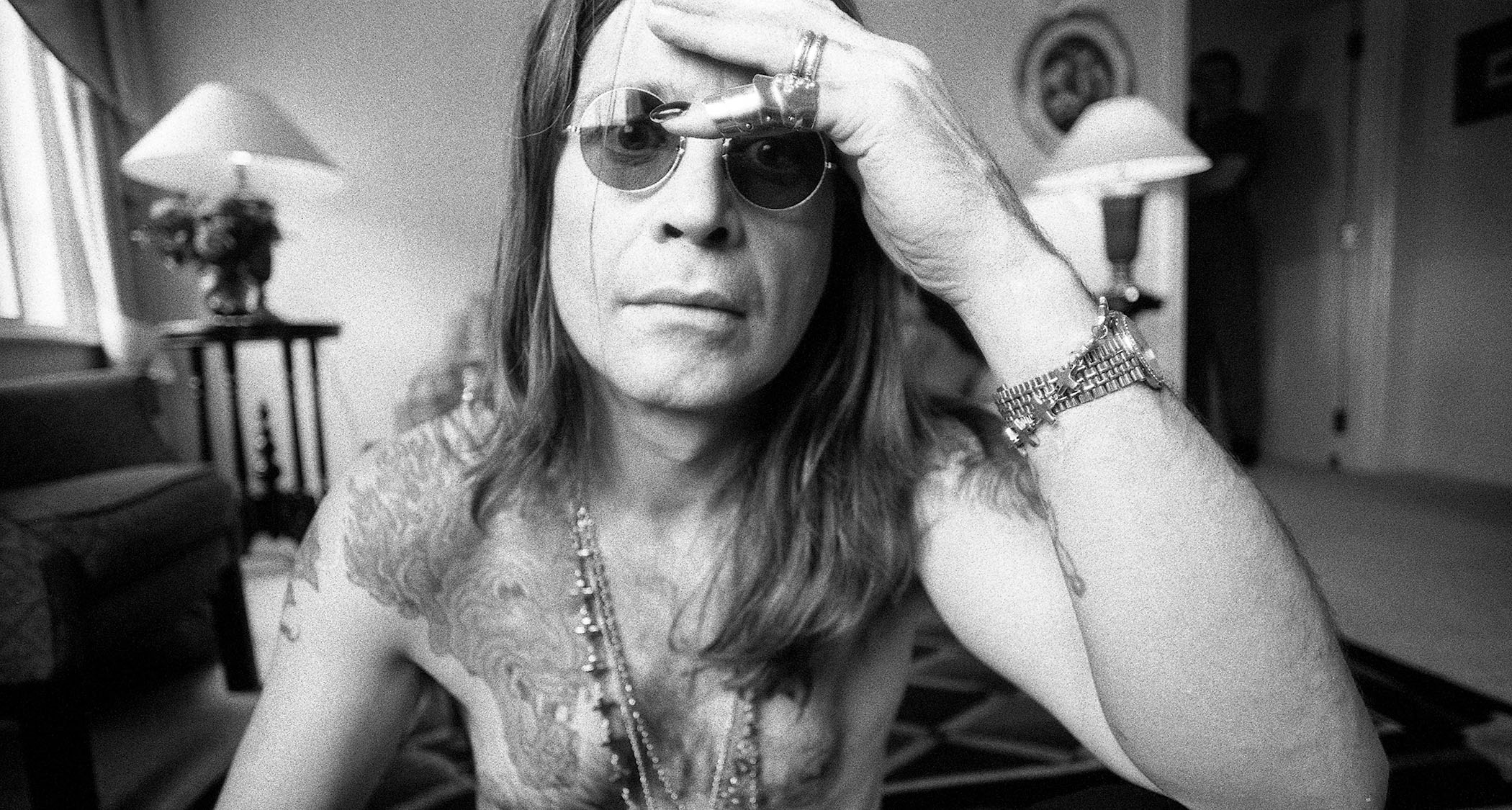
Without a single doubt, the most familiar character in heavy metal, the late Ozzy Osbourne, was presented to the public as a madman, a maniac and a court jester whose life was a constant ricochet from one chaotic episode to another.
There was a degree of truth to this exaggerated persona – in his younger years, Ozzy was definitely prone to extreme actions when under the influence of alcohol or drugs – but he also earned our sympathy for his flaws, our admiration for his music and our respect for his talent for recognizing guitar genius.
Born John Michael Osbourne in the war-damaged suburb of Aston in Birmingham, England, on December 3, 1948, Ozzy (as we’ll call him from now on) was one of six children to Jack and Lillian Osbourne, a toolmaker and factory worker. At school he enjoyed acting in drama productions and, quitting education at age 15, became a singer in various short-lived Aston bands.
He was also a part-time criminal, if an ineffective one; he was jailed twice, once for stealing clothes and again for punching a police officer in the face.
The Army wouldn’t take him (“They told me to fuck off,” he later admitted) and he was obliged to take on a sequence of terrible jobs, including one in an abbattoir and another in the truly hellish environment of a car-horn factory.
Ozzy first sang alongside guitarist Tony Iommi, bassist Terence “Geezer” Butler and drummer Bill Ward in the Polka Tulk Blues Band, renamed Polka Tulk and then Earth before borrowing their permanent name from the 1963 horror film Black Sabbath.
Iommi was briefly recruited by the folk-rock act Jethro Tull, leaving Sabbath for two weeks and appearing on screen in The Rolling Stones Rock and Roll Circus film alongside John Lennon, the Who and other stars of 1968.
All the latest guitar news, interviews, lessons, reviews, deals and more, direct to your inbox!
Returning to Sabbath after a falling-out with Tull’s Ian Anderson, Iommi instated a strict rehearsal schedule for Osbourne, Butler and Ward, elevating the nascent heavy metal band’s professionalism and signing with a manager, Jim Simpson. A deal with Vertigo followed.
According to rock ’n’ roll lore, Black Sabbath recorded their first, Rodger Bain-produced album for a miserly £600 (of Simpson’s money) on a four-track machine. An aspiring engineer on the LP, laid down in London’s Tottenham Court Road, was Tom Allom, later to find fame as a platinum-status producer for Judas Priest.
Black Sabbath went on to define a whole new genre of music, with thick, industrial riffing and intimidating devices such as the flattened fifth, or tritone, that made the title track both memorable and spooky.
Ozzy’s role in all this was to deliver Butler’s creepy lyrics in an untrained monotone and to stalk the stage while exhorting Sabbath’s steadily growing crowds to “go fuckin’ mental,” a catchphrase he would reuse for the next 50 years.
In 1970 Sabbath released their second album, Paranoid, with the title track becoming their biggest chart single to date. Was it a ripoff of Led Zeppelin’s Communication Breakdown? You decide.
This was Sabbath’s golden period, with 1971’s Master of Reality, ’72’s Vol. 4 and the utterly sumptuous Sabbath Bloody Sabbath (1973) elevating them to the upper echelons of metal
Meanwhile, Hand of Doom, Fairies Wear Boots and the almighty Iron Man gained them a new coterie of fans, especially after the band completed their first U.S. tour in the autumn, supporting Canned Heat, the Faces, Love and the James Gang.
On a later American run in 1971, Sabbath took Yes and, perhaps oddly, Fleetwood Mac out as opening acts.
This was Sabbath’s golden period, with 1971’s Master of Reality, ’72’s Vol. 4 and the utterly sumptuous Sabbath Bloody Sabbath (1973) elevating them to the upper echelons of metal, although fans and critics referred to classic songs such as Sweet Leaf, Children of the Grave, Into the Void, Supernaut, Snowblind and Spiral Architect as “acid rock” and other groovy terms at the time.
The downsides (cocaine binges, writer’s block, exhaustion, the beginnings of addiction) were obvious by the time Sabotage – high points of which included Hole in the Sky and Symptom of the Universe – rolled around in 1975.
Still, career high points were many; Sabbath’s show-stealing appearance at the California Jam festival the previous year, alongside Emerson, Lake & Palmer and Deep Purple, had been witnessed by more than 250,000 people.
No band could maintain this level of momentum, especially as Sabbath were being ripped off on all sides by management and their record label, and the quality slipped with 1976’s experimental Technical Ecstasy. Ozzy actually quit in September 1977 and attempted to put together a solo band while Sabbath recruited the little-known Dave Walker as his replacement.
Persuaded to return for 1978’s sub-par Never Say Die!, its title indicative of the group’s depressed state, Ozzy did his level best despite his fondness for booze and substances. His efforts were in vain; the album failed to impress fans, who now had an energetic new form of music to listen to – punk rock.
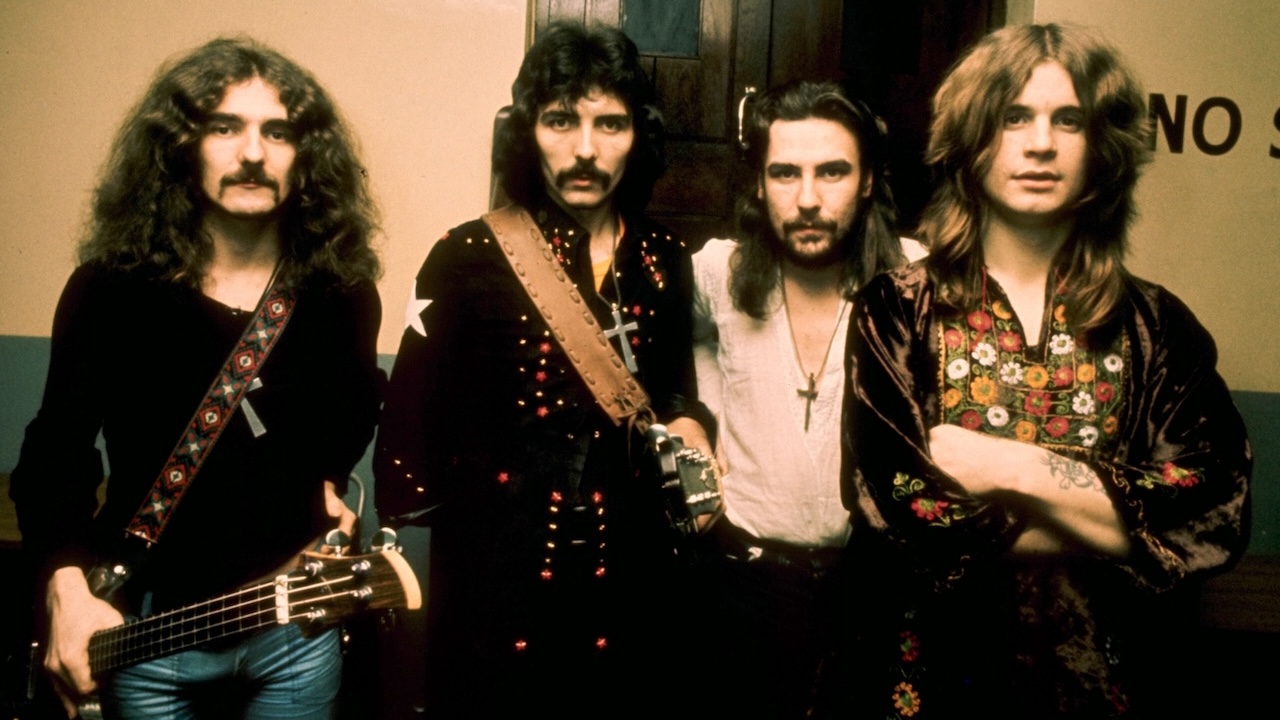
More or less impossible to work with by this point, Ozzy was fired in 1979 and promptly sank into a bottle, only rescued by Sharon Levy, daughter of the terrifying manager Don Arden, who took over his affairs and encouraged him back on his feet.
Success as a solo career seemed unlikely for Ozzy, especially as Sabbath were taking a leap forward with their new singer Ronnie James Dio.
Still, Sharon – now his girlfriend, and later his wife – helped Ozzy to assemble a new band, the Blizzard of Ozz, featuring bassist and lyric-writer Bob Daisley, drummer Lee Kerslake and the ace in the pack, former Quiet Riot guitarist Randy Rhoads.
It cannot be overstated how improbable it was that their 1980 self-titled debut album went on to become a milestone release, eventually earning five platinum certifications in the U.S.
Some of its success was down to the excellent single Crazy Train, a showcase for Rhoads’ rhythm and lead playing; its tendency toward radio-friendly hard rock, a much more digestible recipe than the sluggish riffing of Sabbath, also paid off handsomely.
The group, now simply named after Ozzy – to Daisley’s permanent annoyance, as his subsequent interviews reveal – quickly recorded Diary of a Madman, essentially a companion piece to Blizzard of Ozz that placed Rhoads even more prominently in the spotlight.
Released in 1981, the LP was followed by a 14-month tour of North America, with Rudy Sarzo (also ex-Quiet Riot) and Tommy Aldridge (ex-Black Oak Arkansas) replacing Daisley and Kerslake. Attention to Ozzy was now growing, thanks to incidents such as a May ’81 meeting at CBS Records in which the singer bit the head off a dove, for reasons best known to himself.
The Diary of a Madman tour was a turning point for Ozzy for two reasons. In January 1982, at a concert in Des Moines, Iowa, he picked up what he assumed was a rubber bat from the stage and gave it the full dove treatment, chewing its head off. This proved to be a poor choice as he was obliged to endure a series of agonizing rabies shots afterwards.
While the incident was macabre but amusing, genuine tragedy struck when Rhoads died in a plane crash in Leesburg, Florida, on March 19. Ozzy’s tourbus driver, Andrew Aycock, took Rhoads for a spin in a light aircraft before losing control, reportedly (but not provably so) under the influence of cocaine.
It’s highly arguable that Ozzy never recovered from this loss, as the extended tribute to Rhoads that we witnessed at the Back to the Beginning show this past July revealed.
His music certainly changed after 1982, for better or worse, depending on your point of view, and indeed, a useful way to view his 13-album solo catalog is to divide it into eras by guitarist – the Rhoads era, the Jake E. Lee era, the Zakk Wylde and Gus G eras, and so on.
With that understood, there were certain axemen who couldn’t cut it for whatever reason – the pressure of following Rhoads and the stress of working alongside the traumatized Ozzy, for example – such as Bernie Tormé and Brad Gillis, who each held down a brief position in the band, and even George Lynch, who was a potential candidate before Jake E. Lee stepped up in late ’82.
Lee’s first vinyl outing with Ozzy was 1983’s Max Norman-produced Bark at the Moon, which emerged with an elaborate sleeve shot of the singer in full werewolf costume. Lee was joined by Aldridge, keyboardist Don Airey and a returning Daisley, the latter contributing heavily on the lyrical front.
Tragedy came later in ’84 with the death of a 19-year-old fan, John D. McCollum, who committed suicide with a handgun after spending a day listening to Ozzy’s music.
A year later, McCollum’s parents filed suit against Ozzy and CBS, alleging that the song Suicide Solution from Blizzard of Ozz had directly contributed to their son’s death. As the song had been penned by Daisley about Ozzy’s alcohol problems, the case was thrown out of court, but not before generating reams of negative press.
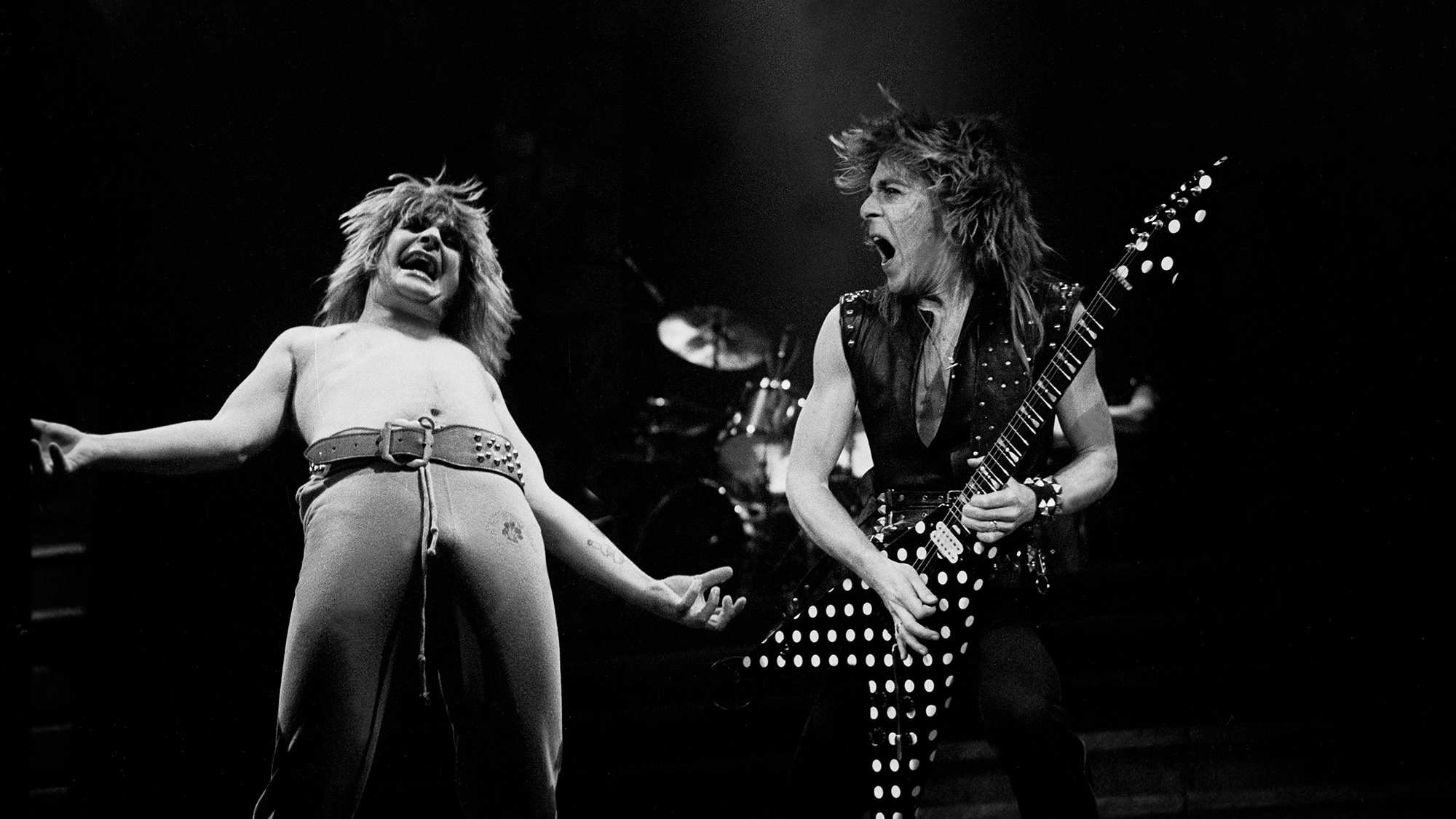
In July 1985, the world’s largest rock event, Live Aid, was the catalyst for an original but brief Black Sabbath reunion.
Although it was a one-off event, the original quartet took to the stage for a brief, three-song set – Children of the Grave, Iron Man and Paranoid – in Philadelphia before Ozzy returned to the studio in 1986 to create the Ron Nevison-produced The Ultimate Sin.
This LP’s polished sound and songwriting tied in neatly with the then-current hair-metal trend, gaining him his highest chart placing yet in North America and the U.K. A new bassist, Phil Soussan, co-wrote the single Shot in the Dark, Ozzy’s biggest-selling solo single to date.

1986 also included a U.S. tour with Metallica in support; the young stars-in-waiting, then hot as a pistol with their third album, Master of Puppets, correctly credited that tour in later years as the one that broke them into metal’s major league.
As 1987 drew to a close, Jake E. Lee was fired – later turning up in the commendable Badlands – and the process of locating an able replacement was begun. Auditions whittled down hundreds of hopefuls to a list including Vinnie Moore, Chris Impellitteri, Mitch Perry, Nick Nolan, Joe Holmes and Steve Fister of Lita Ford’s band.
One of the very last guitarists to attend, recommended by the rock photographer Mark Weiss, was the 21-year-old Jeffrey “Zakk Wylde” Wielandt. Ozzy’s gift for choosing exceptional guitarists hadn’t waned, and Wylde got the gig.
1990’s No More Tears was Ozzy’s high point, alongside the Rhoads albums, as a solo artist. It featured songwriting by Lemmy Kilmister of Motörhead on four songs, one of which, Mama, I’m Coming Home, became a major hit.
The huge success of the MTV production The Osbournes made him, Sharon and their kids household names
Ozzy announced that his next tour would be his last, not for the first time, causing fans to speculate about a Sabbath reunion; however, neither reunion nor retirement took place despite a heavily-publicized “final” show in Costa Mesa, California, in November 1992.
In 1995, Ozzy returned with the Ozzmosis album, which neatly bridged his “old” and “new” iterations, segueing into the pre-millennial, post-grunge moment by which point a new generation of classic rock fans were ready to pay homage.
What really sealed the deal, commercially speaking, was his wife Sharon’s Ozzfest project, an annual touring metal festival that soon completely outperformed existing entities such as Lollapalooza, and which ran in some form or other until 2018.
By now Ozzy’s band featured Joe Holmes on guitar, as Zakk Wylde had temporarily fallen from favor, plus the future Metallica bassist Robert Trujillo and Faith No More drummer Mike Bordin. A short reunion of Black Sabbath in late 1997 gave a boost to Ozzy’s career resurgence, as did that band’s appearances on subsequent Ozzfests.
From this point on, churlish as it might seem to compress a quarter-century of music into a few short lines, Ozzy’s trajectory was simpler – musically speaking, at least. Zakk Wylde returned for 2001’s Down to Earth and Black Rain in 2007, with an adequate covers album called, well, Under Cover, keeping fans on board between those releases.
Ozzy’s TV career was more prominent than his musical endeavors at this point, if we’re honest, as the huge success of the MTV production The Osbournes made him, Sharon and their kids household names.
A huge audience of viewers, many of whom had never heard of Black Sabbath or Randy Rhoads, climbed willingly aboard the now much-less-crazy train. Ozzy’s later albums, Scream (2010, featuring Firewind guitarist Gus G), the all-star Ordinary Man (2020) and his final studio outing, Patient Number 9 (2022) were perfectly decent, if unremarkable, works.
By the mid-2000s, Ozzy’s health had become an issue. While The Osbournes sometimes portrayed him as a buffoon with a noticeable tremor, and a fall in 2001 had left him with a broken leg, the truth is that he was in relatively good shape before 2004, when a quad-bike accident at his English home caused serious damage to his spine.
He recovered most of his strength, however, and was able to score a chart hit with a cover of Sabbath’s 1972 song Changes, sung as a duet with his daughter Kelly, as well as appearing at Queen Elizabeth II’s Golden Jubilee and other high-profile events.
Tours and festival dates took Ozzy as far as the pandemic, which essentially ended his live career. He also was battling Parkin syndrome, an affliction similar to Parkinson’s disease, by that stage.
This brings us to Back to the Beginning, Ozzy’s literal last act, and therefore that of Black Sabbath. This star-studded, Live Aid-style event was announced in early 2025 and scheduled for July 5 at Villa Park in Aston, symbolizing a full career circle.
Scepticism was high among fans who had been disappointed by the repeated tour cancelations Ozzy had been forced to issue in recent years, but to everyone’s surprise, the live-streamed event – featuring two supergroups, plus a raft of bands including Metallica, Slayer, Guns N’ Roses, Pantera and Tool, supporting Ozzy’s solo and Sabbath sets – went off without a hitch.
It raised millions for local charities and was a bona fide triumph, made poignant when Ozzy died, suddenly and unexpectedly, 17 days later. He was 76 years old and departed surrounded by his family.
We remember Ozzy Osbourne as perhaps the last real star of the original heavy metal movement, his bandmates in Black Sabbath aside. We also remember him as a human being – with all the flaws and frailties that you’d expect, plus a few more that you wouldn’t. Raise your glass to him.
- This article first appeared in Guitar World. Subscribe and save.
Joel McIver was the Editor of Bass Player magazine from 2018 to 2022, having spent six years before that editing Bass Guitar magazine. A journalist with 25 years' experience in the music field, he's also the author of 35 books, a couple of bestsellers among them. He regularly appears on podcasts, radio and TV.
You must confirm your public display name before commenting
Please logout and then login again, you will then be prompted to enter your display name.





